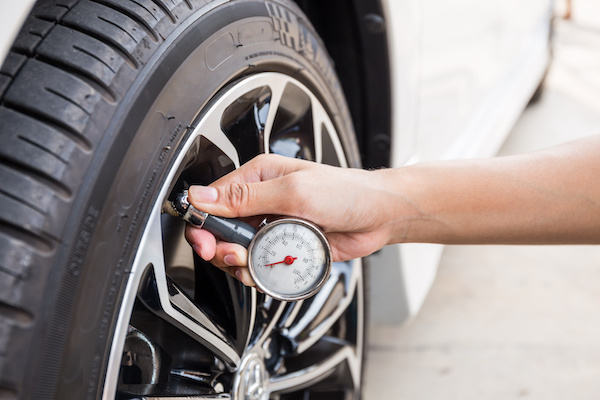
Tire pressure monitoring systems (TPMS) are designed to alert drivers when the air pressure in one or more tires is too low. This is an important safety feature, as under-inflated tires can lead to poor handling, reduced fuel economy, and even a blowout.
There are two main types of TPMS: direct and indirect. Direct TPMS use sensors mounted inside the tires to measure the air pressure and send the information to the vehicle's onboard computer. Indirect TPMS, on the other hand, uses the vehicle's ABS (Anti-Lock Braking System) sensors to estimate the air pressure based on the rotational speed of the tires.
When a TPMS sensor detects a low tire pressure, it sends a signal to the vehicle's onboard computer, which then displays a warning on the dashboard. The warning light will typically be either an exclamation mark within a horseshoe or a flat tire icon.
One of the most common issues with TPMS is a dead or weak battery in the sensor. This can cause the sensor to stop transmitting tire pressure information to the vehicle's computer, resulting in a warning light on the dashboard. Other common issues include faulty sensors, damaged or corroded valve stems, and issues with the TPMS module or receiver.
It is important to note that not all vehicles have TPMS installed as standard, it may be an option or an aftermarket addition. In addition, some older vehicles may not have TPMS at all.
If you notice a warning light on your dashboard indicating a problem with your TPMS, it's important to have the system checked by a qualified technician. The technician will be able to diagnose the problem and repair or replace any faulty components.
Regularly checking tire pressure is important to maintain the safety and performance of your vehicle. If you need assistance with checking your tire pressure and inspecting your tires, please do not hesitate to visit the auto service specialists at Rix Automotive.